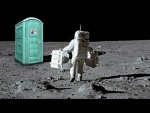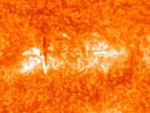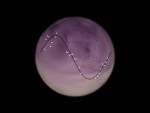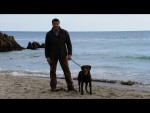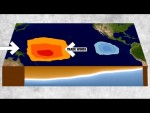
This video is from the NOAA Ocean Today collection. The video explains and shows the interaction between the trade winds, surface ocean movement, jet stream, and the climatic impacts. What this video shows that is not found in other videos is a map view and cross sectional view of the Pacific Ocean basin, demonstrating the trade winds blowing the warm water to the western Pacific at the same time the upwelling of the colder water is occurring in the eastern Pacific.


